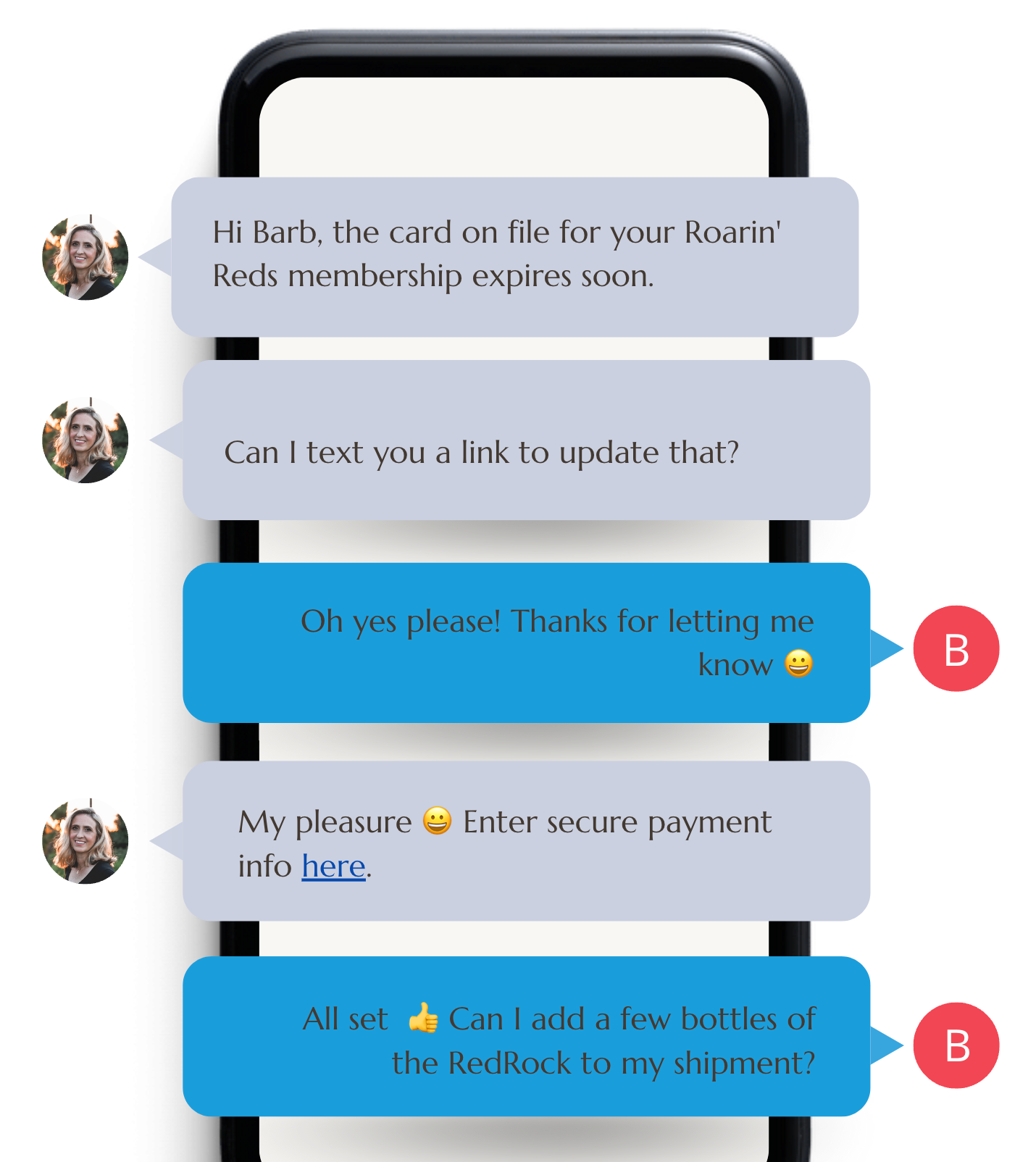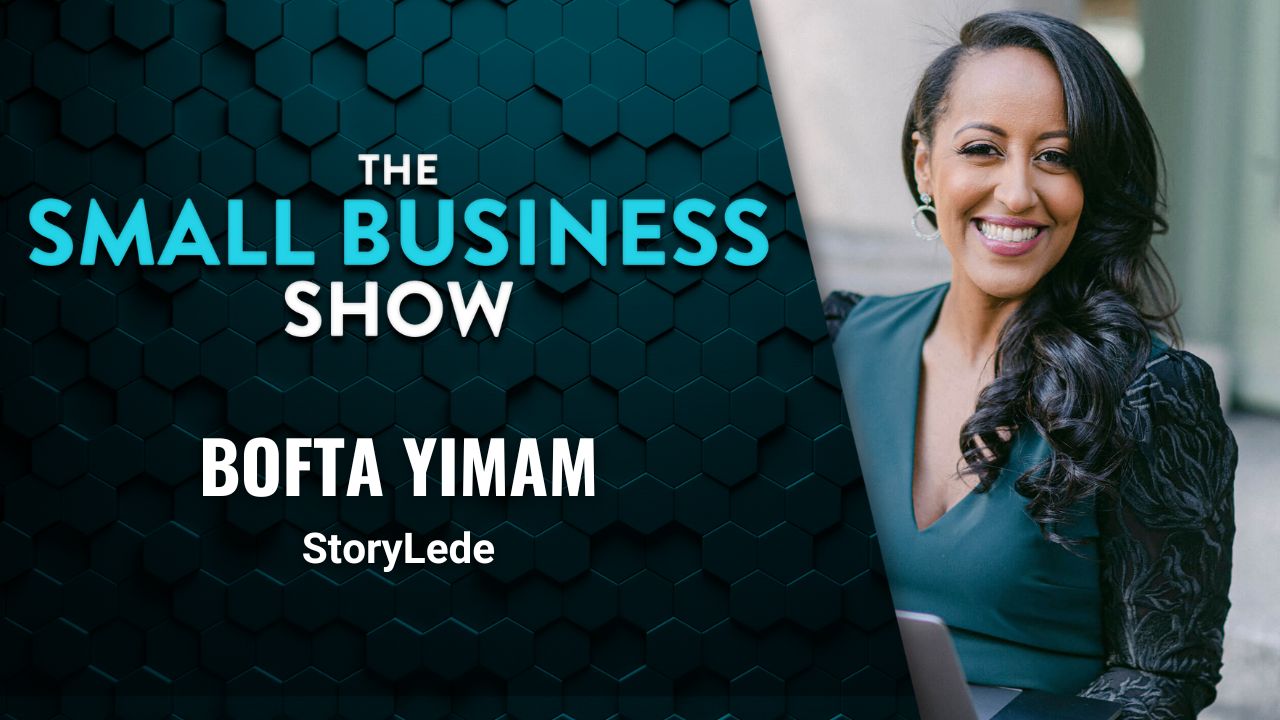IBM Marketing Chief on How AI Is Driving Productivity in the Workplace
Angle down icon An icon in the shape of an angle pointing down. IBM employees are using in-house generative AI to produce quicker quality results for clients, says marketing chief Jonathan Adashek. Photo courtesy of Jonathan Adashek; Alyssa Powell/BI
- IBM aims to be “client zero” of the AI products it sells to clients, marketing chief Jonathan Adashek said.
- He said AI has augmented the work IBM staffers do and even made its ads more effective.
- This story is part of “What’s Next,” a series about business leaders’ strategies for workplace productivity.
Media not supported by AMP.
Tap for full mobile experience.
This as-told-to essay is based on a conversation with Jonathan Adashek, the senior vice president of marketing and communications and chief communications officer at IBM. The following has been edited for length and clarity.
In April 2020, our CEO Arvind Krishna said IBM is going to be the leading hybrid cloud and AI company. Everything we need to do should be more productive to get to that point. That means acquisitions, that means divestitures, that means prioritizing some areas of work over others.
A great example in my mind is AI. We have an HR service center here in the company that had roughly 800 people in it. Today, that service center has 60 people because we were able to automate the repetitive rote tasks, allowing people to get into more value-creating roles and creating a better interface for our clients.
Instead of me picking up the phone or sending an email to someone in a service center saying, “I need help,” I can get on to our AskHR chatbot, and with less back-and-forth with the system online, my request is answered in under two minutes.
AI needs to augment the work people are doing. Last year, when Adobe introduced Firefly, a creative generative-AI model, in beta, we got permission to create an ad for the Masters golf tournament, which we sponsor.
Using Firefly, we had thousands of selects in a matter of minutes. We didn’t just take the one that looked best and move it. We took time to go through them and put the right words to sit on top of it. It still took that human touch. The ultimate for me was that it was our best-performing digital ad of the year. The ad performed 26 times better than IBM’s average paid-social benchmarks in terms of driving engagement on IBM.com among key targeted audiences.
With IBM Watsonx.ai, we are going to create a product assistant to help us as marketers and communicators tell our stories and personalize that content for more audiences and get more versions of those stories out.
The way I look at AI today, it’s like a big iceberg. There’s the bright shiny point that’s 20% over the water. Everyone’s paying attention to the consumer-facing application of AI: Pick your engine, pick your model.
Then there’s the 80% below the water, and that’s where the real change is being made and where the productivity is really taking place at the enterprise level. For example, we have IBM Watsonx Code Assistant; by using natural language prompts, developers can help move from languages like COBOL to Java and deploy code at an increased rate.
There are all sorts of examples inside IBM where we want to be “client zero” to make sure we understand how these things work.
In August last year, we set the Watsonx challenge, a weeklong hackathon where the most senior-level members of the company to the most junior worked together. Now, 160,000 people are much better skilled at how they use Watsonx, so they can better talk to their clients and partners about it. Multiple clients have now said, “Can you help us structure a challenge like that so we can help do the same?”
Dropping ‘hybrid work’ from the return-to-office vernacular
I think a lot of what drives productivity in the wrong direction is when you get people not focused on the must-haves and spending more time on the nice-to-dos.
Take events. Historically, we could have gone to certain events year after year, but let’s take a step back. Do we need to go to these events? Is our client really there? Or do we not need to go and spend the same amount of money, all of those resources, all the time getting ready for it, and instead focus on three or four or five others to get further down the path we need to go? As a 100% business-to-business company, is a consumer show as important to us as showing up at a place where we’ve got retailers, for example?
A lot of the process stuff we’ve been working through internally at the company is making sure we are getting simpler and being more agile.
IBM has always embraced a hybrid workplace and given people flexibility. That’s important, but there’s no replacement for face-to-face, in-person collaboration.
I dropped the concept of “hybrid work” from my vernacular a while ago because it means one thing to me, something else to you, and something else to someone else. What we are trying to say is: Be more intentional about the work you’re doing in the office.
We have set the requirement that all managers and executives in the marketing function be in the office three days a week, but I give the flexibility to decide when.
Intentionality helps. People are scheduling meetings and doing different engagements that work on those days so they get the value of being in a room. It helps people understand each other’s work styles and thought processes better and allows people to make quicker decisions.



